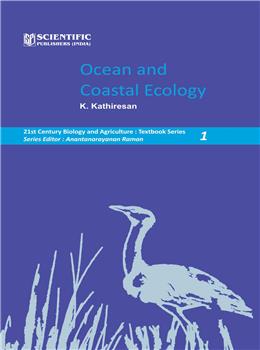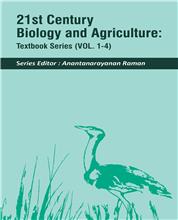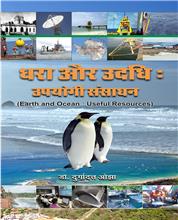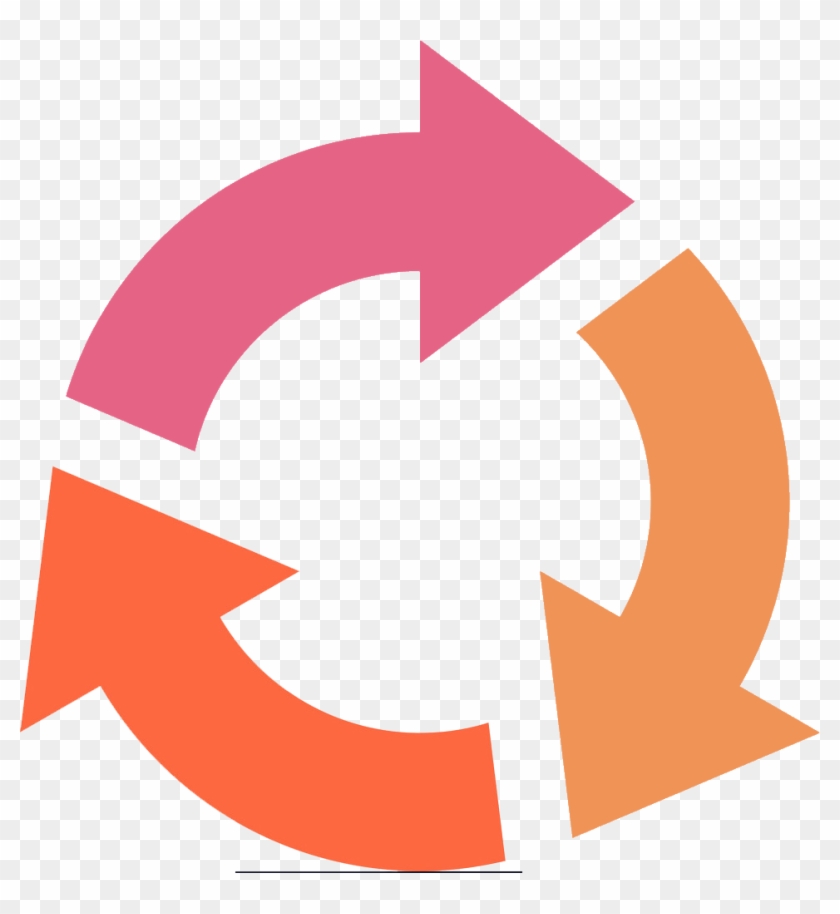1. Introduction to Marine Ecology
Ecology and marine ecology
Importance of marine ecology
Conservation of marine environment
Conservation of marine biodiversity
Conservation of marine bioresources
Responsibility of marine ecologists
Uniqueness of marine environment
Uniqueness of marine organisms
Marine Environment: Divisions
Marine organisms: Major groups
2. Environmental Marine Ecology
Physical factors
Temperature
Light
Salinity
Pressure
Oceanic currents
Tides
Waves
Substratum
Climate change
Chemical factors
Oxygen
Carbon dioxides and carbonates
Hydrogen sulphide
Hydrogen ion concentration (pH)
Inorganic salts
Dissolved organic matter
3. Ocean Ecology
Pelagic environment of the ocean
Epipelagic zone
Mesopelagic zone
Bathypelagic zone
Abyssalpelagic zone
Hadalpelagic zone
Marine organisms of the pelagic zone of the ocean
Adaptations of pelagic organisms of the ocean
Benthic environment of the ocean
Bathyal zone
Abyssal zone
Hadal zone
Hydrothermal vents and cold–seep communities
Adaptations
Significance of hydrothermal vents
4. Coastal Ecology
Pelagic environment of the coast
Benthic environment of the coast
Intertidal zone (Littoral zone)
Rocky shores
Sandy shores
Muddy shores
Continental shelf or sub–tidal environment of coast
Environmental conditions
Unvegetated sedimentary environments
Rocky sub–tidal communities
Kelp beds or forests
Seagrass communities
5. Ecology of Coral–Reef Ecosystem
Importance of corals
Coral distribution
Types of coral reefs
Ecology of coral reefs
Biology of coral reefs
Organisms associated with reefs
Species interactions and ecology of reefs
Ecology of reef fishes
6. Ecology of Estuary
Definition of estuary
Types of estuaries
Coastal plain estuaries
Tectonic estuaries
Semi–enclosed bay or lagoon estuaries
Fjord–type estuaries
Classification of estuaries
Positive estuary or salt–wedge estuary
Negative estuary or evaporate estuary
Neutral estuary
Environmental features of estuaries
Physical environmental features
Chemical environmental features
Estuarine organisms
Adaptation of estuarine organisms
Morphological adaptations
Physiological adaptations
Behavioural Adaptations
Estuarine productivity
Estuarine food webs
Salt marshes
Environmental characteristics
Development of salt marshes
Zonation of salt marshes
Ecological services
Productivity of salt marshes
Food webs
7. Ecology of Mangroves
Distribution of mangroves
Old and new world mangroves
Types of coastal settings
Types of mangrove forests
Mangrove ecology
Tidal amplitude and topography
Temperature
Salinity
Rainfall and supply of freshwater
Substrate characteristics
Mangrove eco–biology
Morphological adaptations
Anatomical adaptations
Physiological adaptations
Adaptation for dispersal and establishment
Mangrove ecological functions
Screening the solar UV–B radiation
Reducing the ‘green house’ gas effects
Mitigating the fury of cyclones
Mitigating the fury of giant waves
Controlling the flood
Prevention of the coastal erosion
Trapping the sediments
Deepening the creeks
Trapping and recycling of nutrients
Supporting the fishes and wildlife populations
Supporting food web in other coastal ecosystems
Protecting other coastal ecosystems
Uses of mangroves
Timber and firewood
Logs for multiple uses
Wood–chip industry
Foliage as animal feed
Decoction of bark for leather industry
Natural beehives and extraction of honey
Fisheries and livelihood
Pharmaceuticals
Novel values of mangroves
8. Functional Marine Ecology
Marine primary production
Primary production through photosynthesis
Primary production through chemosynthesis
Carbon sequestration in marine environment
Marine detrivory and herbivory
Sediment and deposit feeders
Filter and suspension feeders
Phytoplankton grazers
Surface algal grazing
Predation, parasitism and pathogenesis
Predation
Parasitism
Pathogens
Marine fouling and boring
Marine fouling
Marine boring
Commensalism and symbiosis
Commensalism
Symbiosis
Competition and succession
Competition
Succession
Dispersal and settlement
Dispersal
Settlement
Marine food chains
Pelagic food chains
Benthic food chains
9. Threats to Marine Environment
Short term and sudden threats
Long term and continuous threats
Over–exploitation of fishes
Industrial pollution
Sewage pollution
Land reclamation
Invasive alien species
Climate change
Threats to coral reefs
Storms and waves
Out–breaks of the coral–eating sea star (Crown–of–Thorns Star Fish)
El Nino
Ocean acidification
Human activities
Threats to mangroves
Causes of mangrove degradation
Causes of mangrove destruction
Threats to estuaries
Land reclamation and urbanization
Sewage disposal
Industrial effluent disposal
Oil waste
Over–exploitation
Threats to seagrass ecosystem
Threats to salt–marsh ecosystem
Threats to coastal sand dunes
10. Conservation and Management of Marine Environment
Regulatory approach for marine management
Marine protected areas
Marine fisheries management policies
Coastal management policies
International co–operation
Participatory approach for marine management
Types of stakeholders
Types of participation
Strategies for participation
Civil society awareness
Training and capacity building
Coastal rehabilitation
Coastal livelihood
Income generation and financial sustainability
Participatory monitoring
Research and development in occean management
Management of coral reefs
Protection of coral reefs
Monitoring of coral reefs
Research studies in coral reefs
Capacity building and awareness creation
Restoration and rehabilitation of coral reefs
Conservation and management of mangrove ecosystems
Silviculture management
Legal protection
MPAs
International protection
Restoration and afforestation
Management of coral–reef resilience and resistance to climate change (coral bleaching)
Resistance factors
Resilience factors
Tools for enhancing coral–reef resilience
Strategies for enhancing coral–reef resilience
Management of mangroves for resilience to climate change (sea–level rise)
Impacts of climate change on mangroves
Strategies to mitigate climate change effects

















